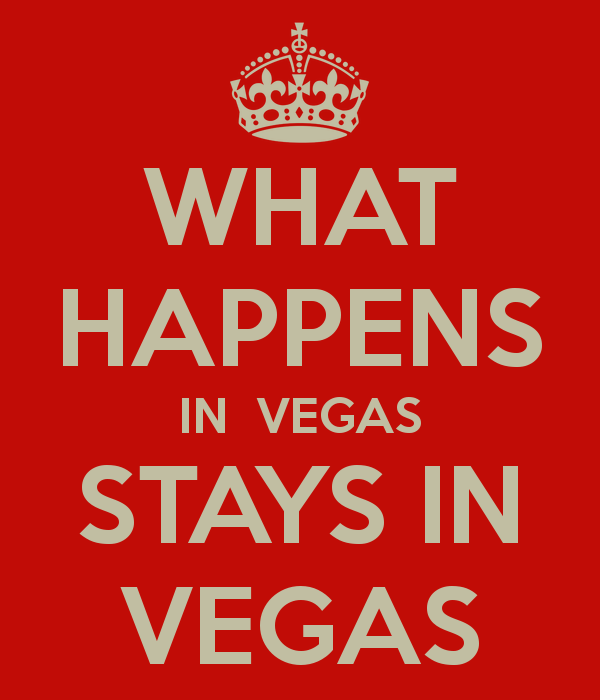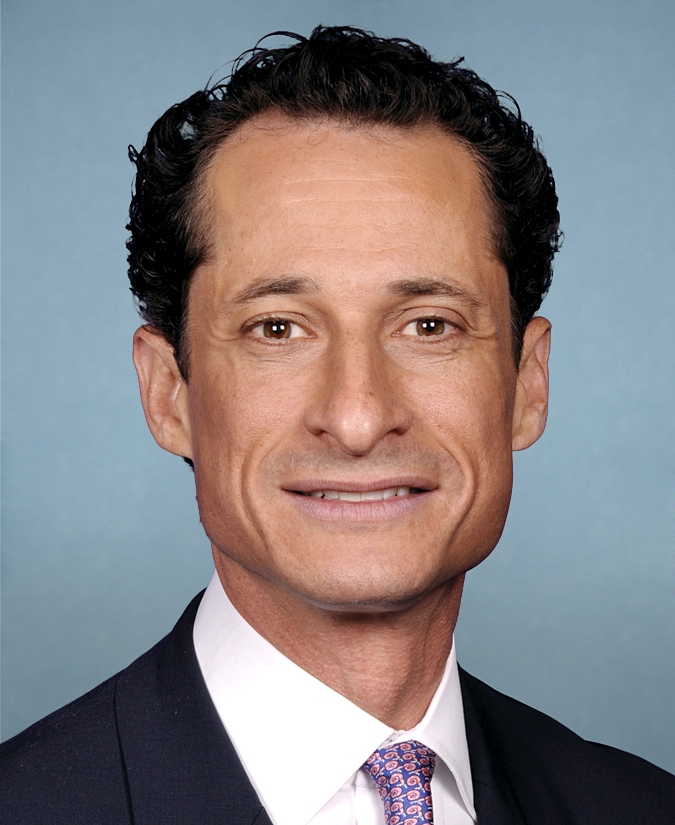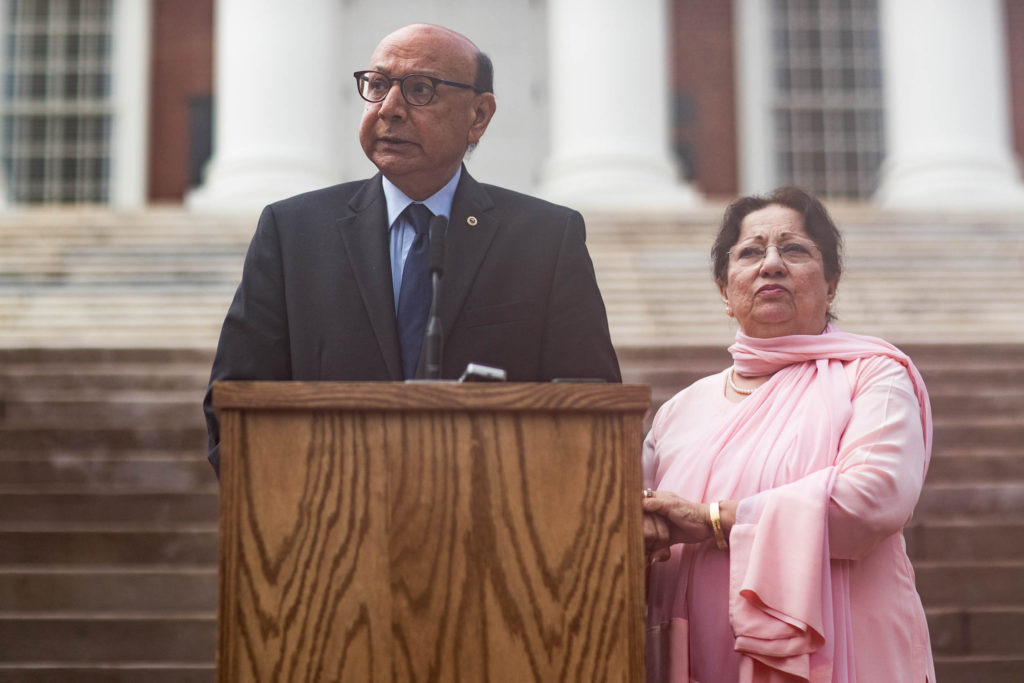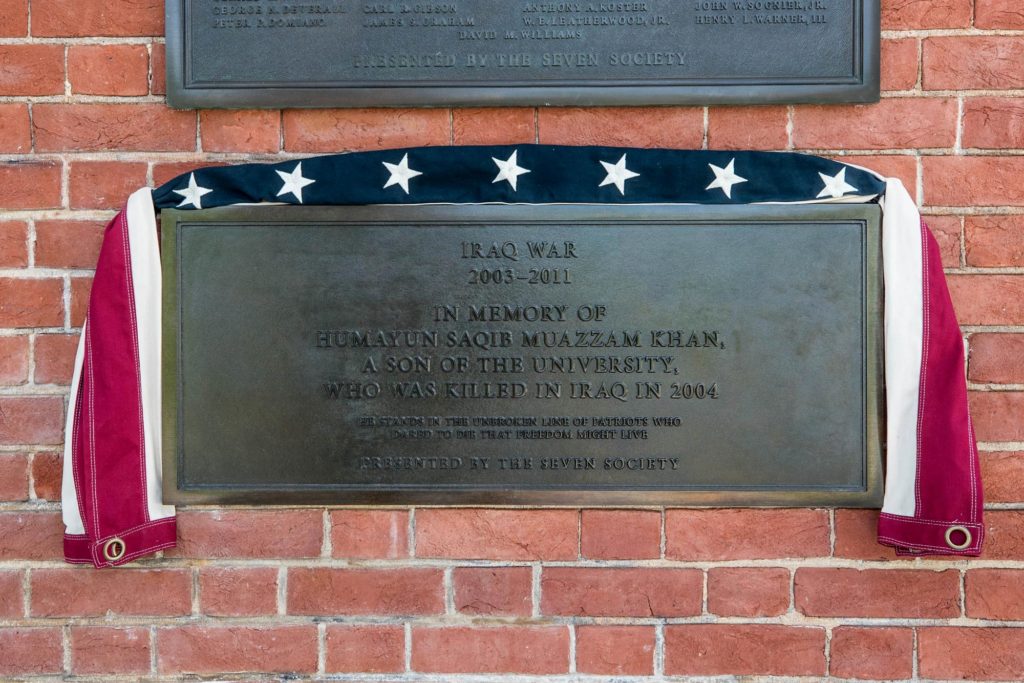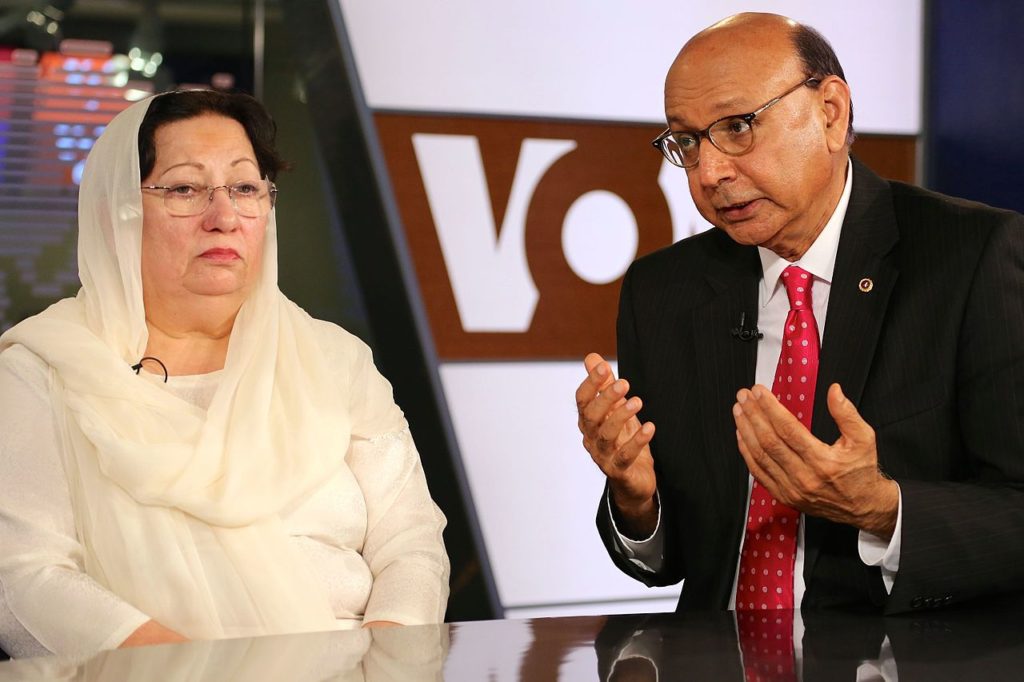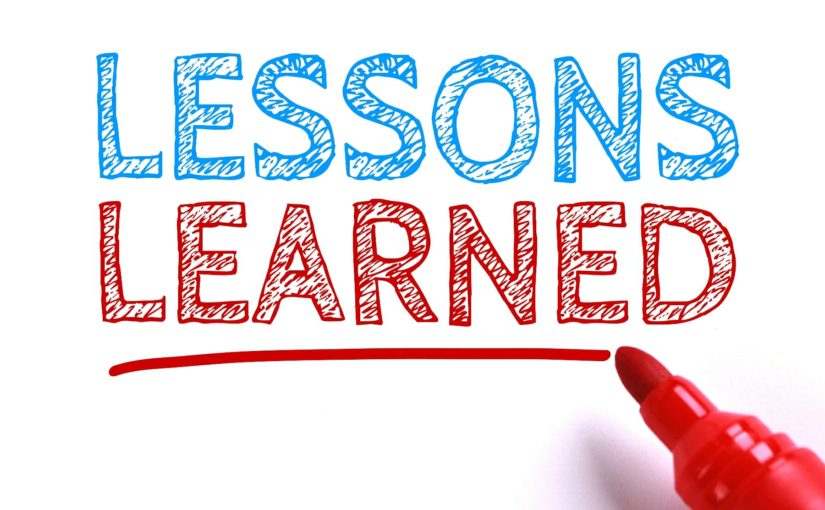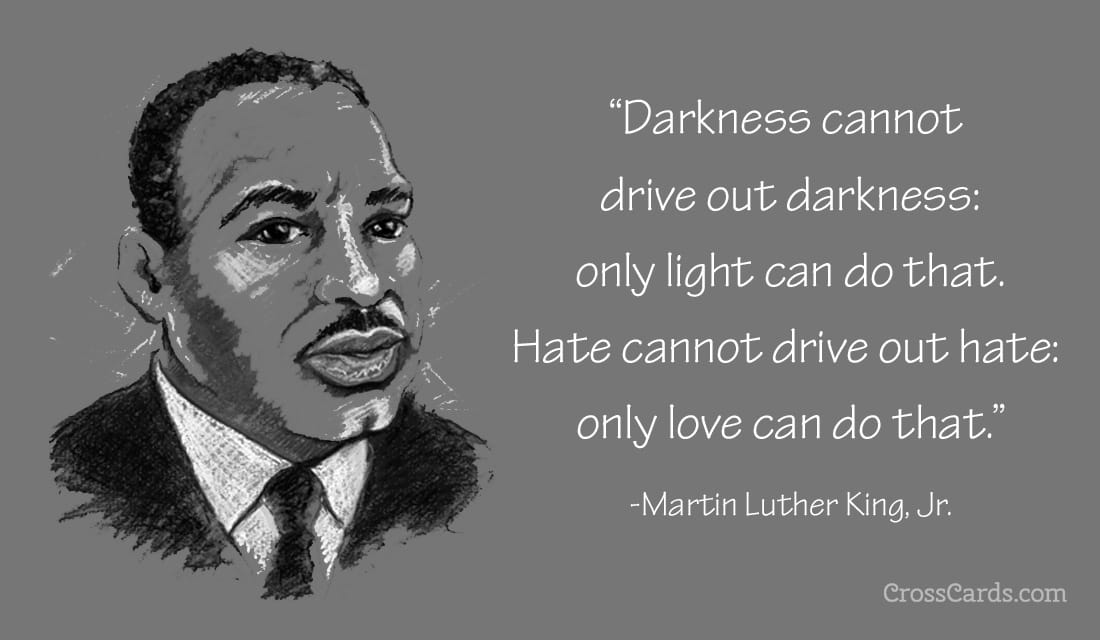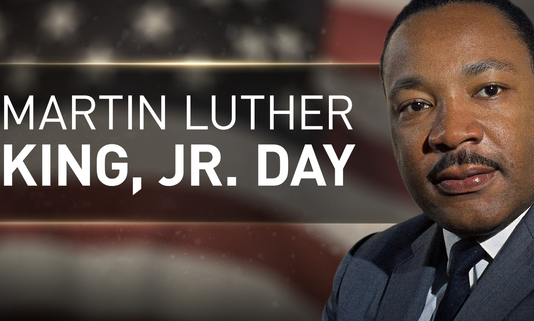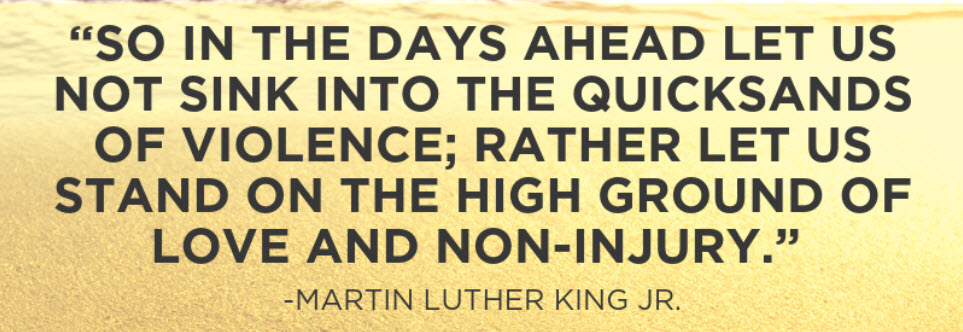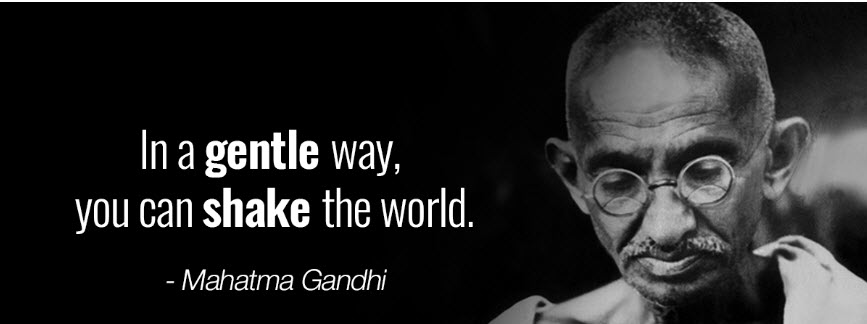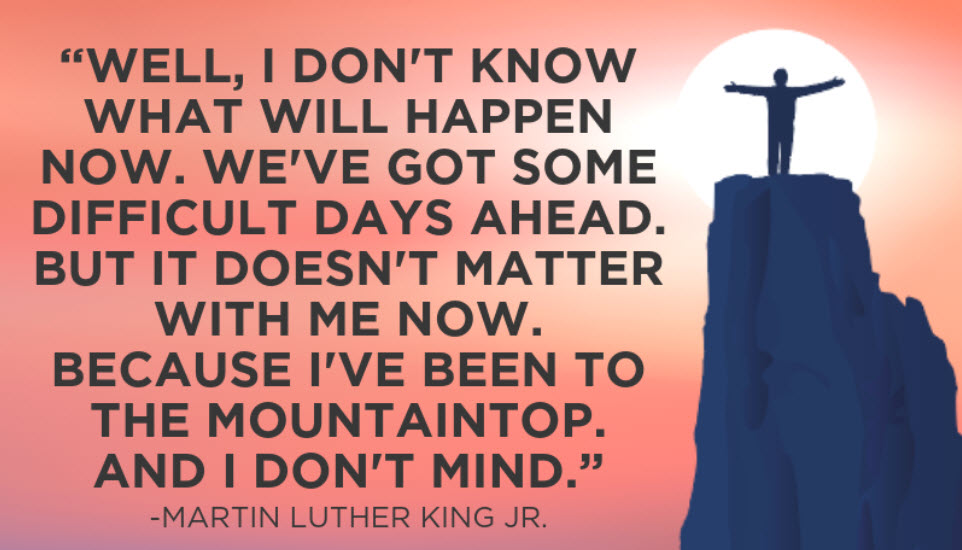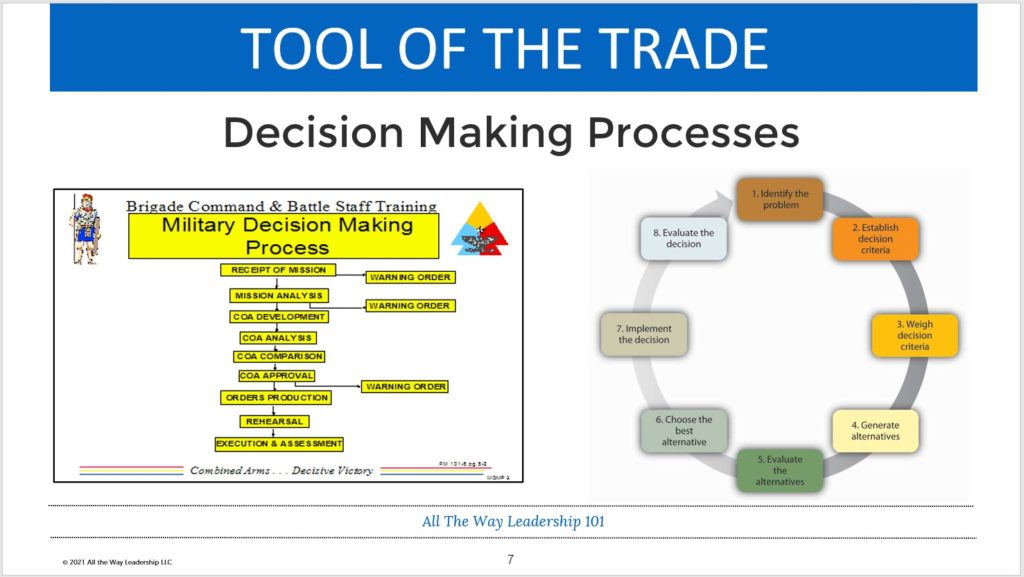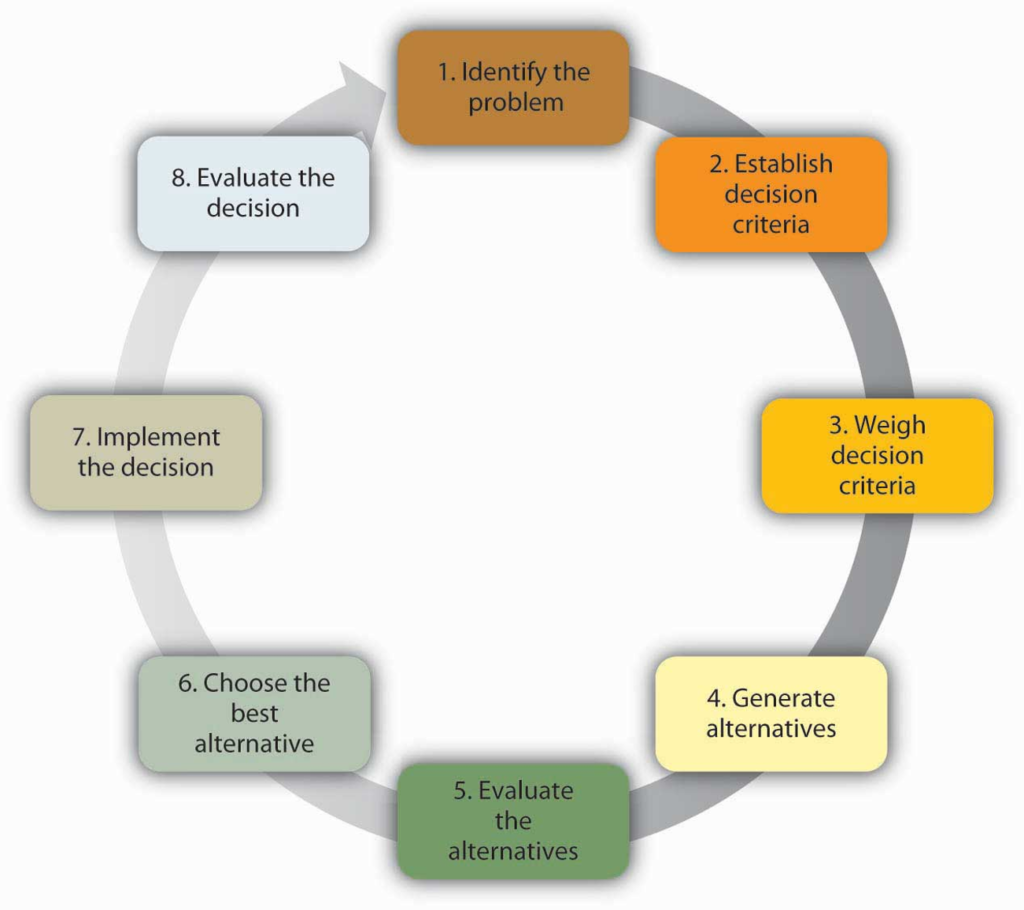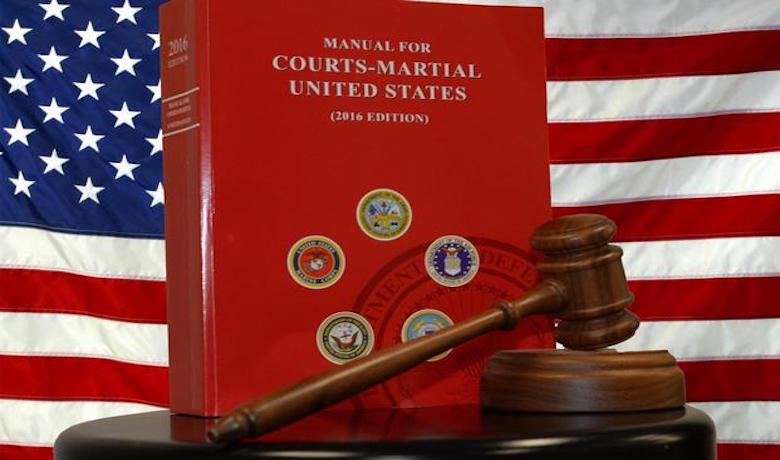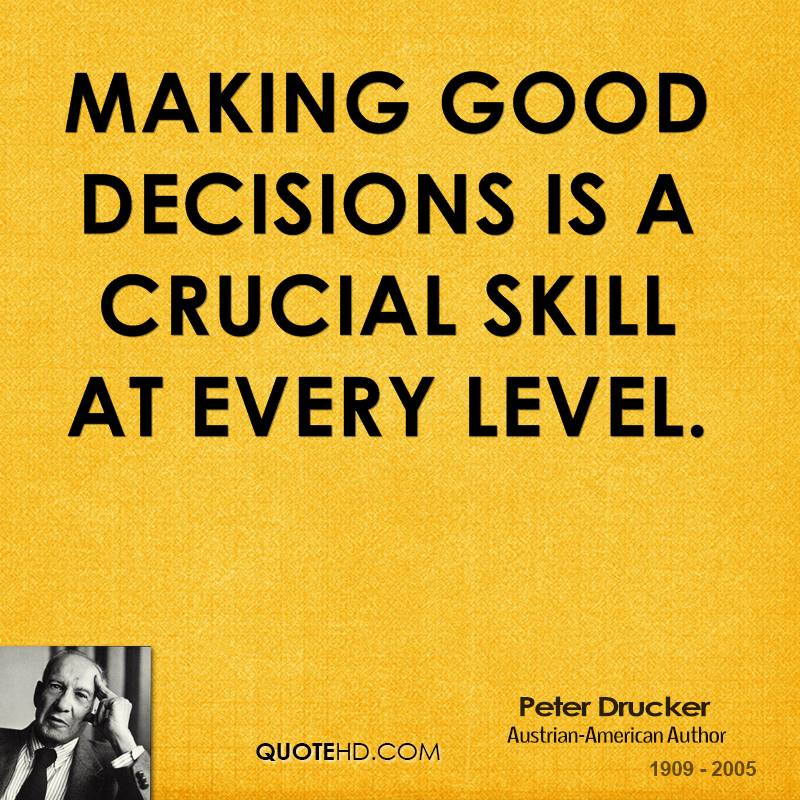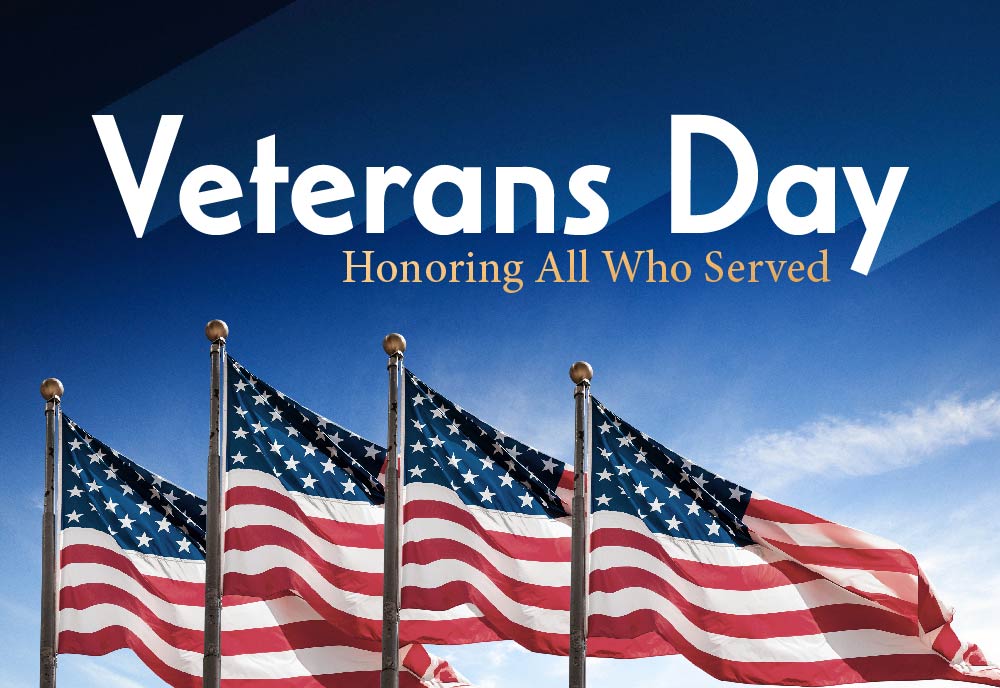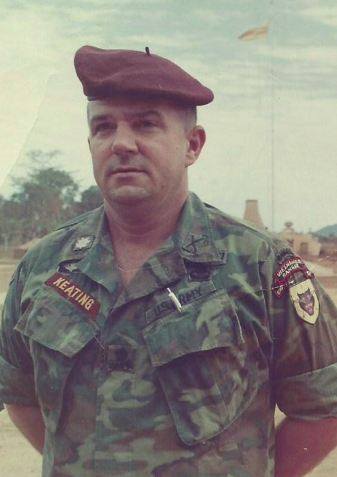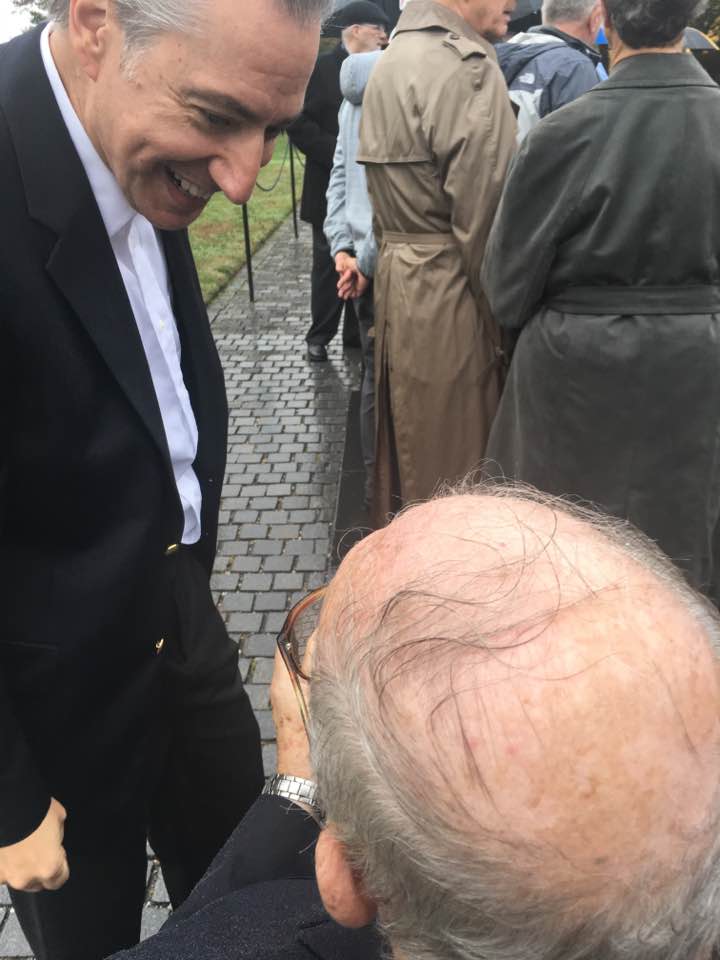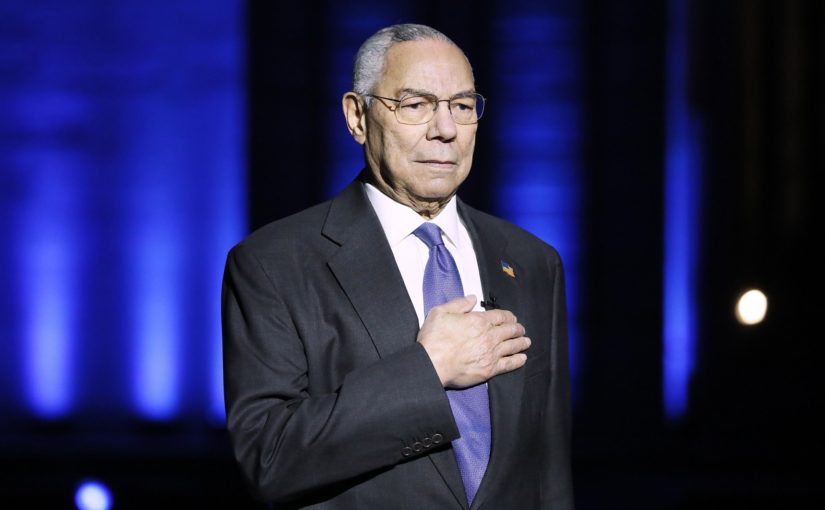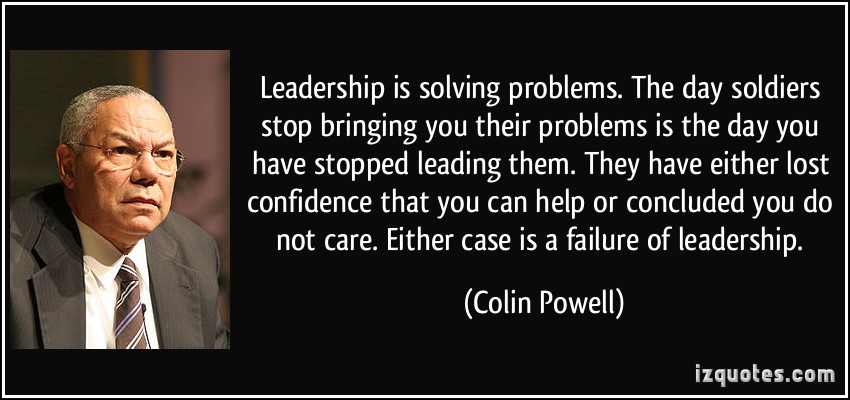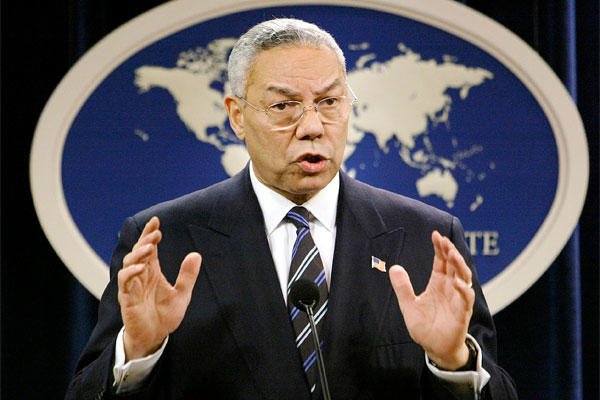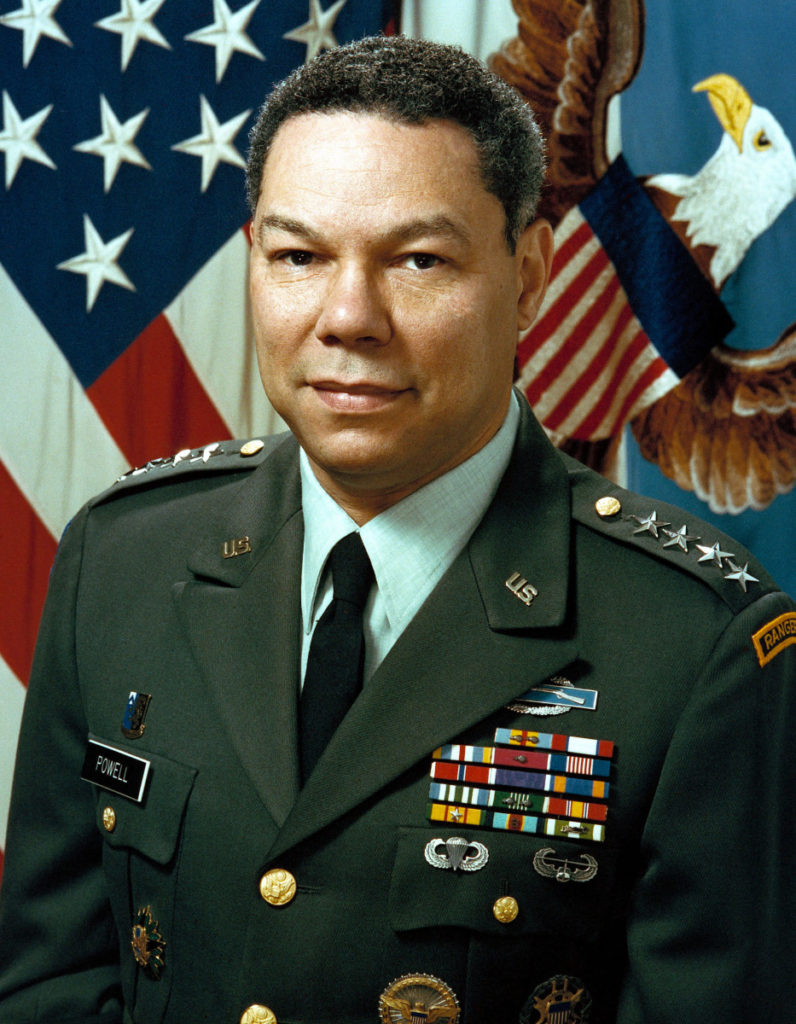Our Brigade Commander gave the order. We would ruck march over 20 miles to start the field training exercise. His Battalion Commanders and staff recommended against this approach, but the Colonel didn’t listen. He said that is what they did in his last unit. We would do the same. His bias showed. I was an infantry platoon leader in the 82nd Airborne Division. I wondered why we were not training like we would fight – parachute assault into the field. It didn’t matter what I thought. We road marched the many miles as ordered. It sucked.
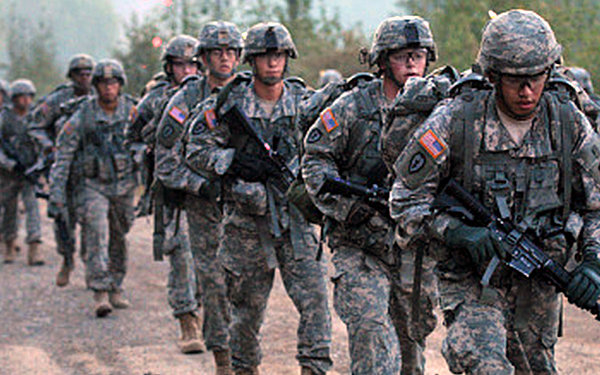
Our Commanders bias caused him to make a bad decision
The road march was miserable. Laden with heavy rucks everyone suffered. Many paratroopers sustained injuries and everyone was exhausted by it. Things got worse from there. Over the next two weeks, many more soldiers were injured or sick as the days wore on. Morale plummeted and we performed poorly. By the end, our unit was no longer deployment ready. Our Brigade Commander got an ass chewing from the general afterward. He had made a common error in judgment – letting his bias get in the way of making a good decision.
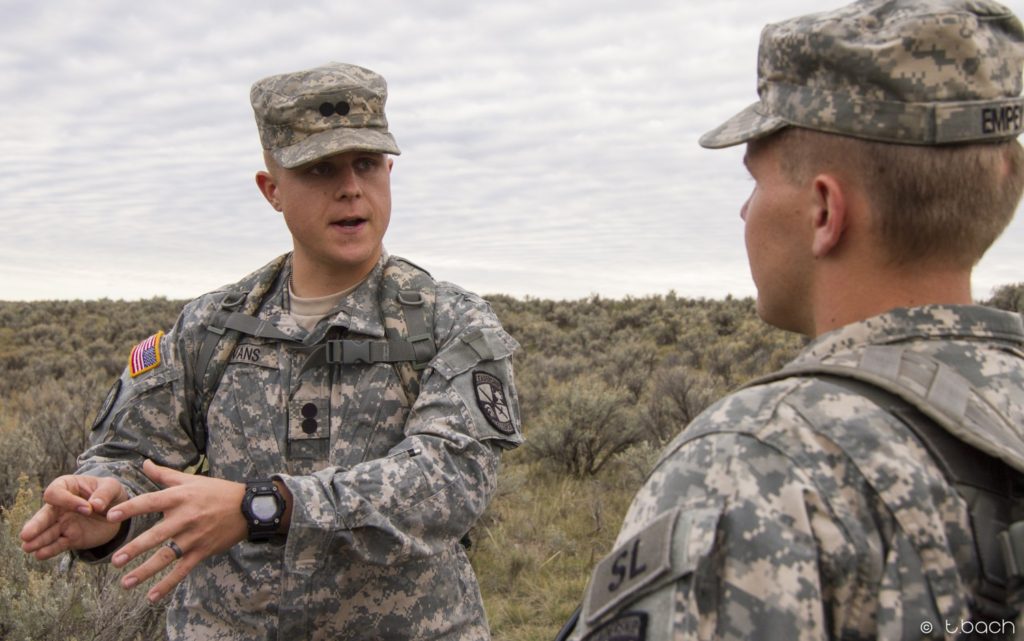
A horrible mistake is making badly biased decisions
We all have biases. They are based on many things – your background, your experience, your knowledge, and a wide array of other facets. As leaders, having biases is not the problem. Making badly biased decisions is where we get ourselves into trouble. Cognitive bias comes in many different types. Researchers have identified several that can affect our ability to make good decisions. I am going to focus on two that deserve attention – confirmation bias and the bandwagon effect.
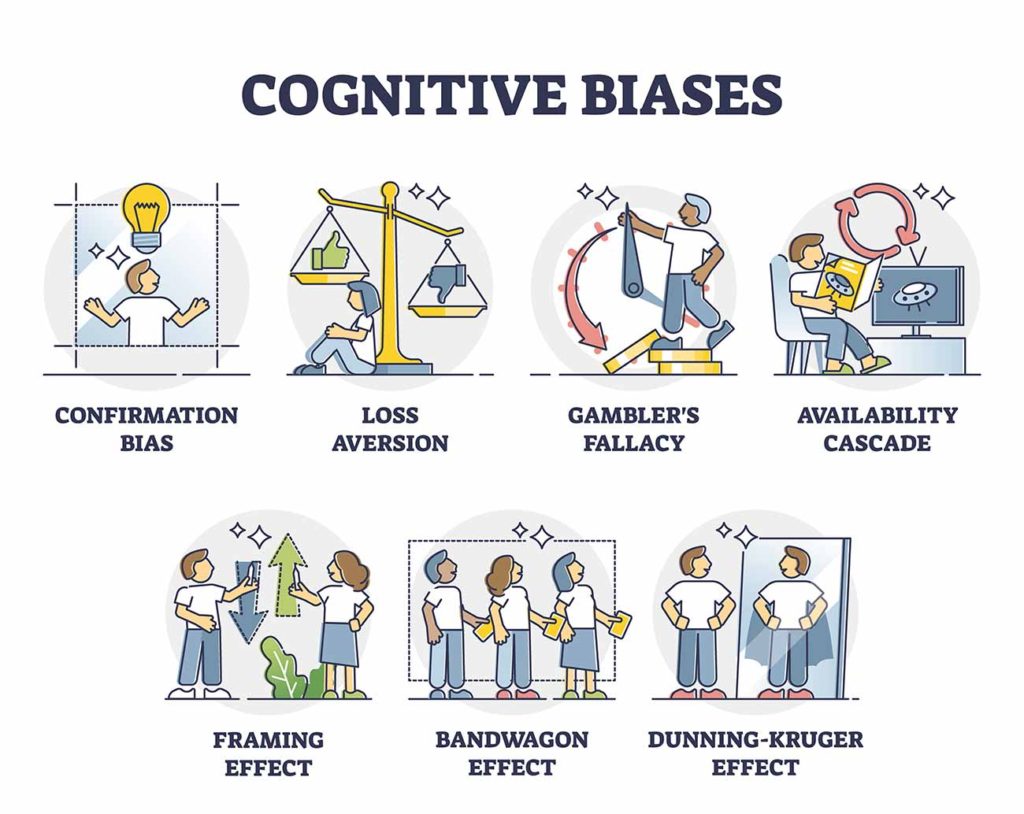
What is confirmation bias?
Wikipedia provides a clear definition. “Confirmation bias is the tendency to search for, interpret, favor, and recall information in a way that confirms or supports one’s prior beliefs or values. People display this bias when they select the information that supports their views, ignoring contrary information, or when they interpret ambiguous evidence as supporting their existing attitudes.”
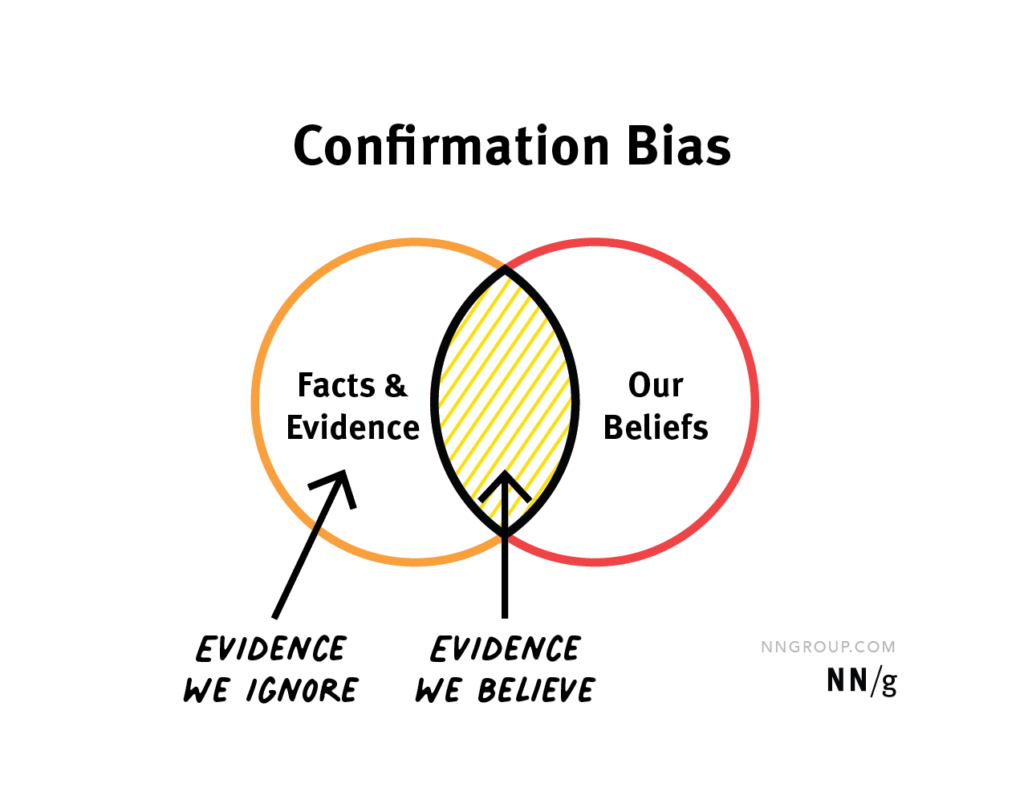
Confirmation bias is a trap for leaders
Many leaders fall into the trap of confirmation bias. Rather than seek input to make a good decision, they start with the answer they want and look for data to support their answer. I have witnessed many strong leaders make this mistake. I have done so myself. Confirmation bias may be based on your experience or relying on an approach that worked previously. If the decision is similar or the same as previous ones in your career it might work again. But, be careful. The more experienced you are as a leader the easier it is to let confirmation bias rule your decisions.
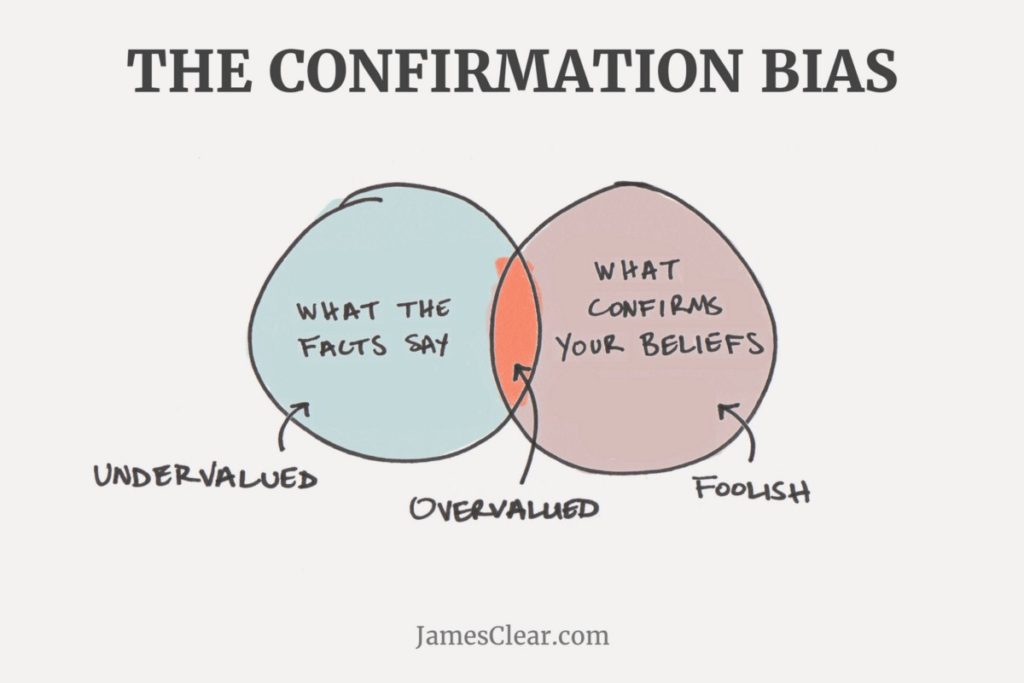
How do you overcome confirmation bias?
The easy answer for overcoming confirmation bias is to gather sufficient data and listen to your stakeholders’ perspectives. That is a lot easier said than done. Gathering data takes time, and your stakeholders may have wildly different ideas than you. Strong leaders gather all the inputs they can and factor that data into their decisions whenever possible. I recognize that in some scenarios time is not your friend. You need to make decisions quickly. In that case, I recommend talking with at least one other person about the decision before you make it.

What is the bandwagon effect?
In a word it is groupthink. This site provides a more detailed definition: “The bandwagon effect is a psychological phenomenon in which people do something primarily because other people are doing it, regardless of their own beliefs, which they may ignore or override.” Another term for it is herd mentality.
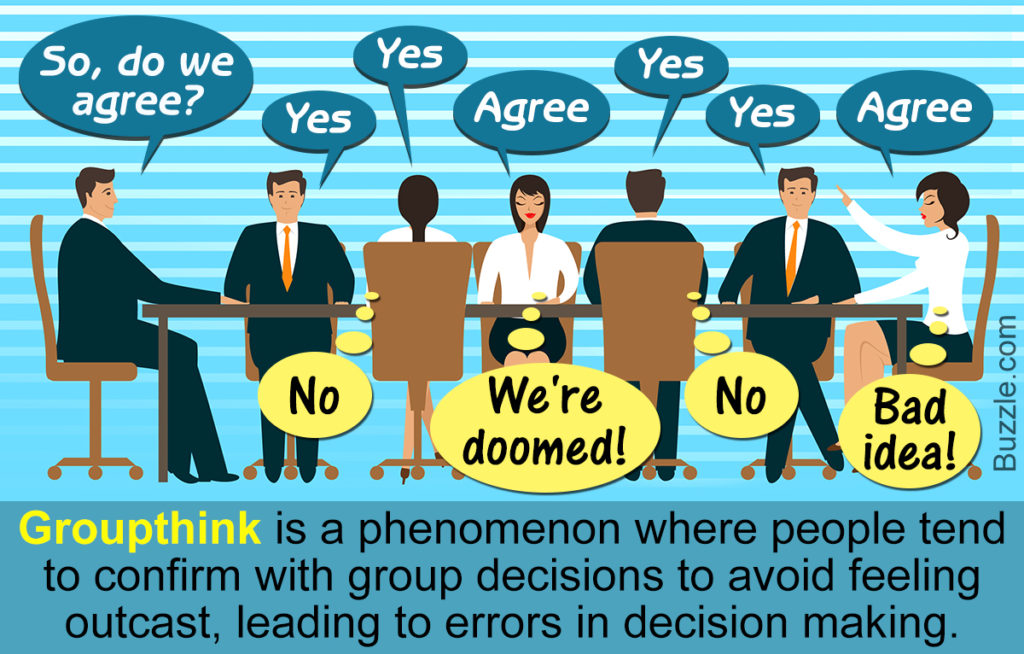
The bandwagon effect is a problem for some teams
I see the bandwagon effect all the time in the workplace. A leader offers a solution and everyone agrees with it way too quickly. Rather than debate the idea or ask insightful questions – everyone falls in line. The bandwagon effect is a real problem for some teams because the group is relying on the ideas of the leader rather than thinking for themselves. This leadership model is sometimes called the genius with a thousand helpers. Geniuses are rare and this approach does not scale well since the leader needs to weigh in on everything. Strong leaders are aware of the bandwagon effect and take steps to avoid it becoming the norm.

One way to counter the bandwagon effect is to let others go first
If you are wondering what is an effective way to negate the bandwagon effect as a leader. It is to let others go first. Ask your team members for their thoughts, perspectives, and ideas before voicing yours. It is hard for strong leaders to always be patient, but this approach helps you make better decisions. One of your team members may have the best solution and you will never know unless you ask.

One caveat – a bias towards action is a good thing
There is one bias that I believe is a positive attribute for leaders – a bias towards action. Too many leaders are hesitant to make decisions and waste a lot of time thinking about problems rather than doing something about them. Yes – complicated challenges and strategic issues may take time to resolve. But I much prefer working with leaders who are doers rather than overthinkers.
You miss 100% of the shots you never take.
Wayne Gretzky
ATW! will make you a better leader
I hope you join me on this journey to raise up the next generation of leaders. The world is in desperate need of more great leaders. Women and men who lead with confidence, clarity, and creativity. It’s time to become the leader that your world needs. Let’s go All The Way!



